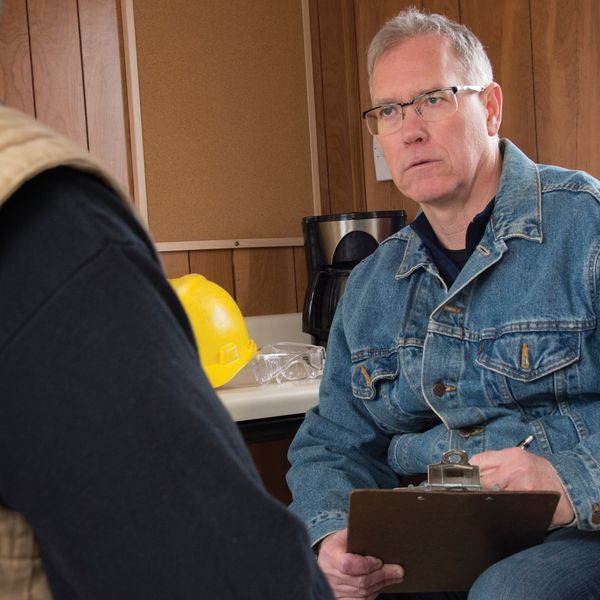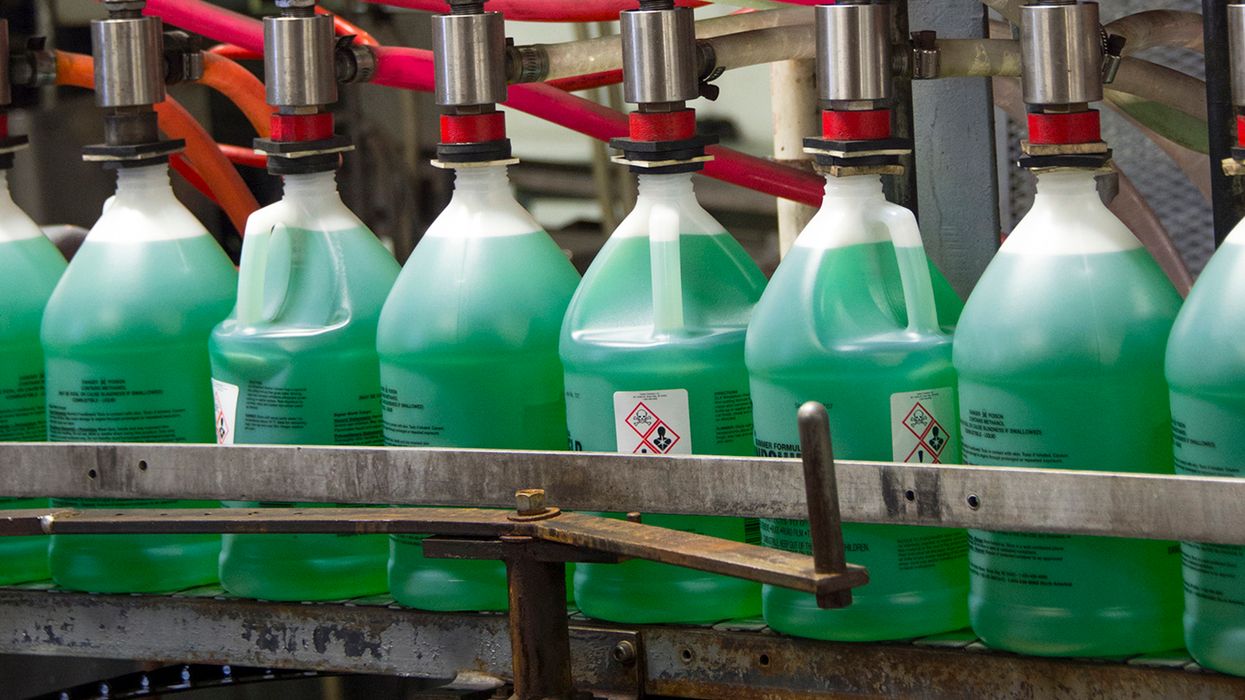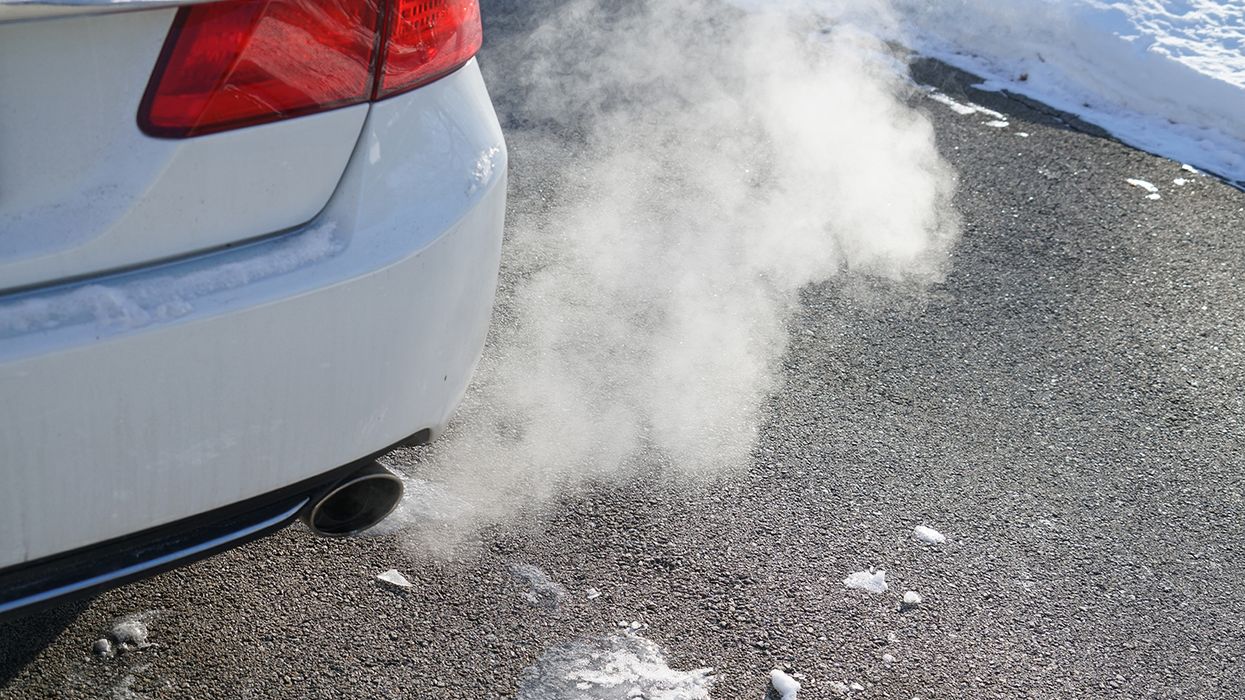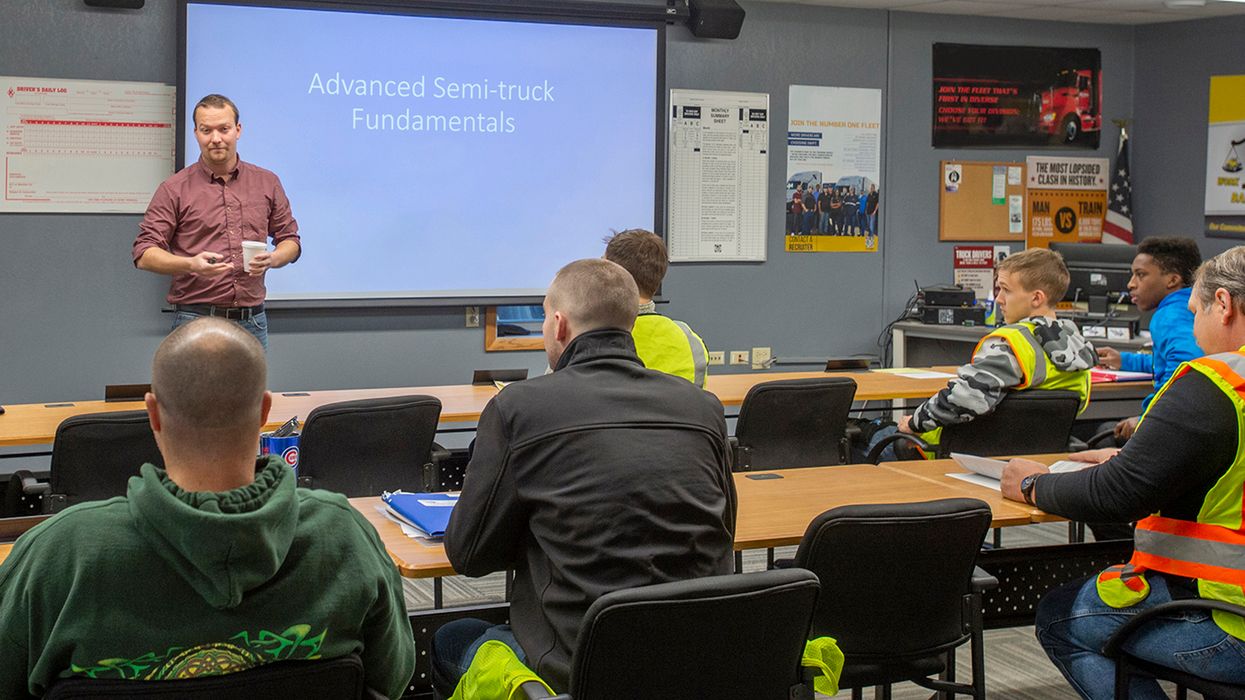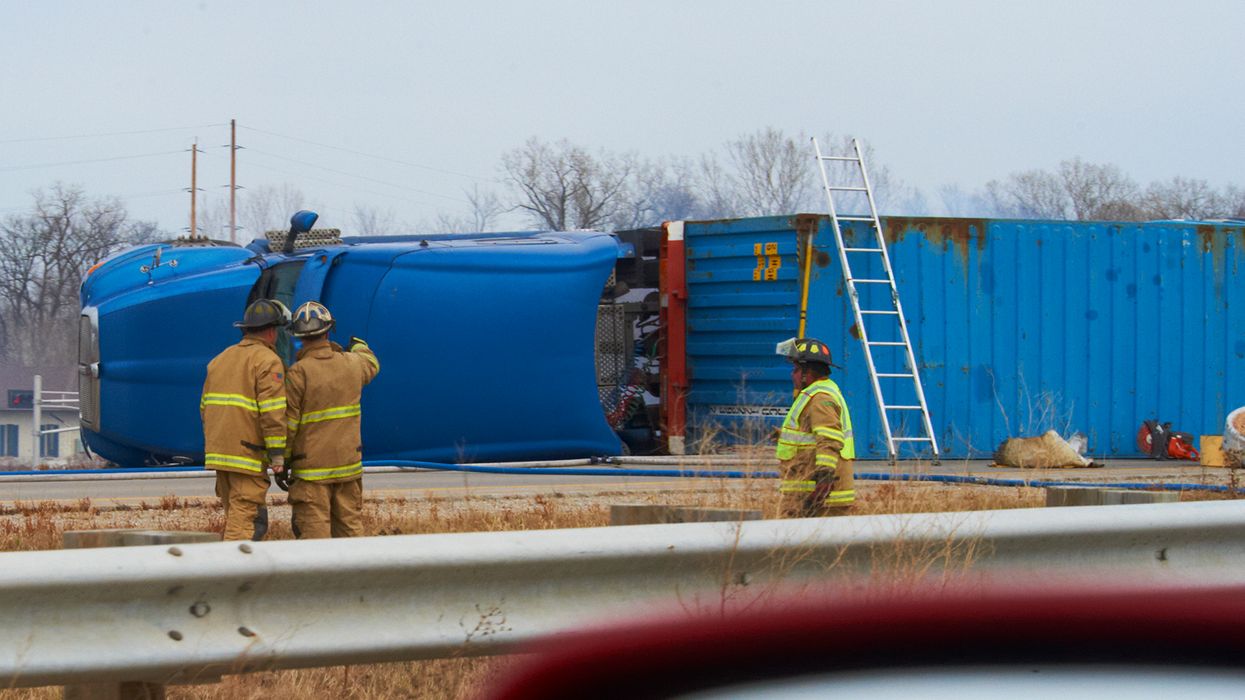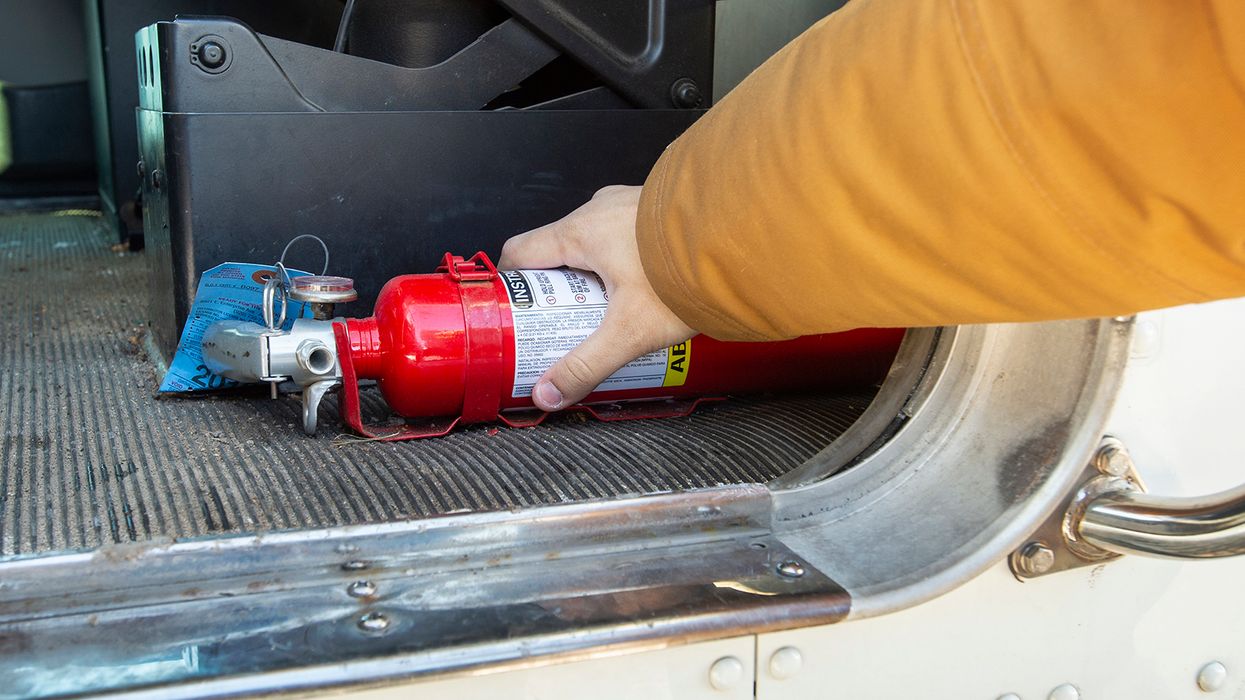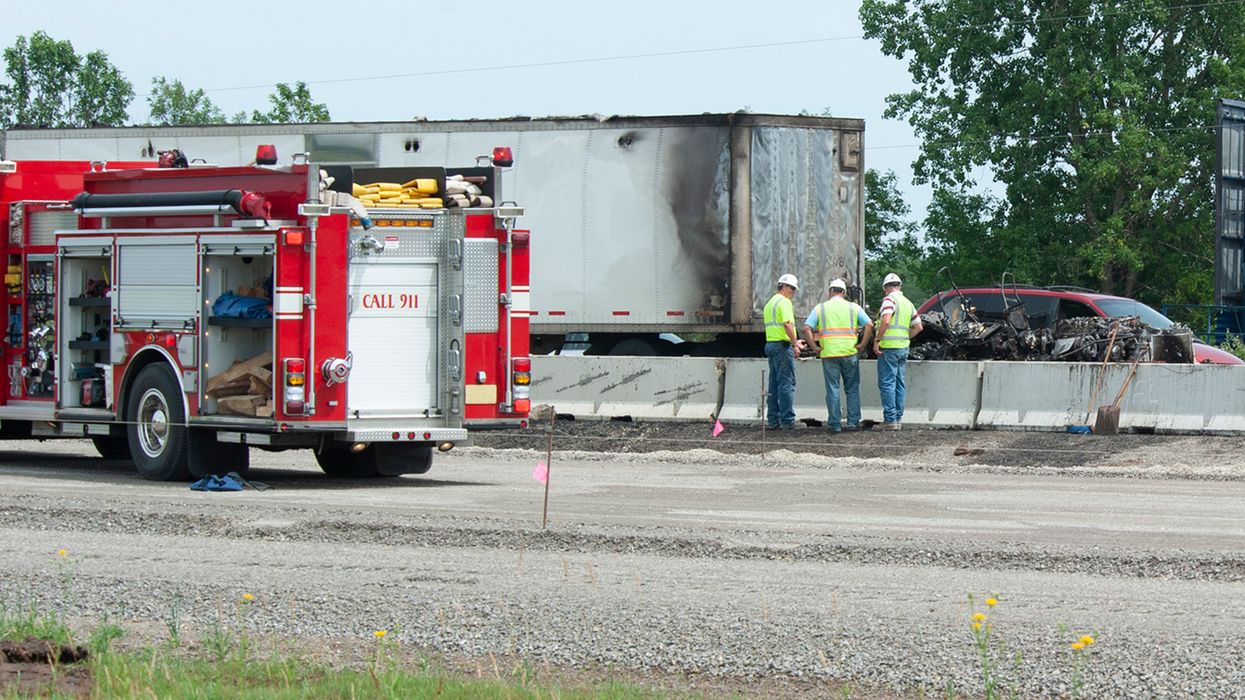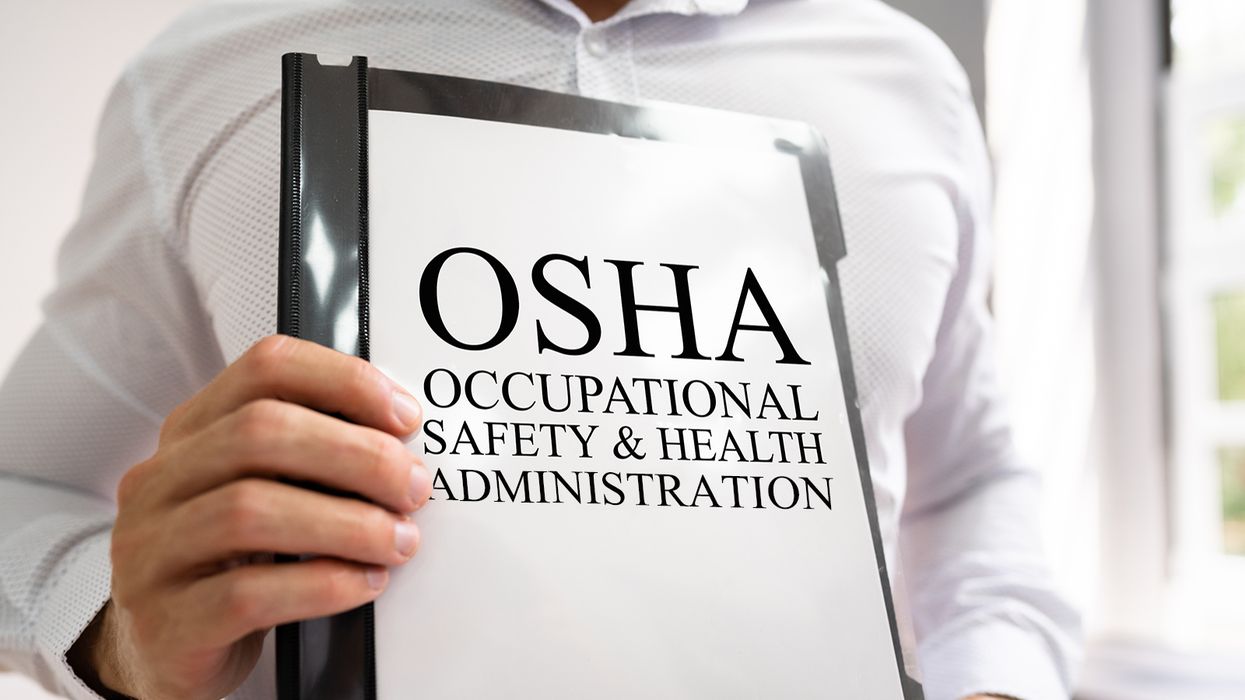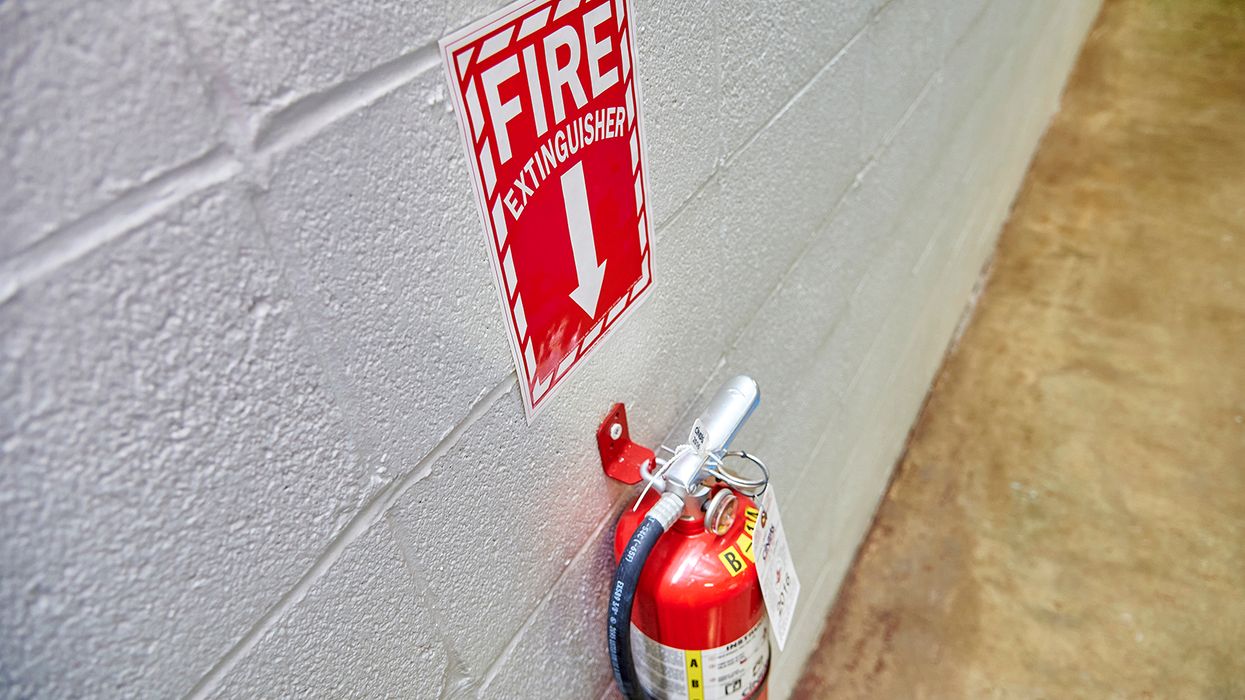Abate what? Responding to a notice of violation from OSHA
Imagine starting your Monday morning at the office, only to find a letter from the Occupational Safety and Health Administration (OSHA) awaiting you. You open the letter and find it is a notification of a violation following a recent inspection including a proposed penalty. What are your options? What is the proper response to OSHA? What is the best path to ensure you are providing a safe and healthful workplace?
What are your options to respond?
Upon receiving an OSHA violation notice, you have three options:
- Agree with the violation, abate the hazards, and pay the penalties;
- Request an informal conference with the area director, allowing you to discuss the situation, present evidence, and plead your case; or
- Contest the citation and proposed penalty.
In many instances, the quickest and simplest action is to abate the hazards and pay the penalty, but there are also some benefits to requesting an informal conference.
At the conference, the employer will get the opportunity for a better explanation of the violations, negotiate reductions in the penalties, adjust the abatement dates, or even reclassify or delete a violation altogether.
The third option is the path of litigation to contest a citation through the Occupational Safety and Health Review Commission (OSHRC). OSHRC is an independent federal agency that was created to preside over the contesting of citations and penalties an employer receives from OSHA.
What does abatement mean?
If you agree with the violation and respond to OSHA, accordingly, abating the hazard now becomes the vital next step. OSHA 1903.19(b)(1) defines abatement as the “action by an employer to comply with a cited standard or regulation or to eliminate a recognized hazard identified by OSHA during an inspection.”
The abatement process involves correcting the identified issues, thoroughly documenting the corrective actions, and sending the information within 10 days of the date of abatement requested on the notification from OSHA.
How do I go about abating a hazard violation?
OSHA provides a procedure in 1903.19 outlining what employers must send the agency concerning hazard abatement and also provides a template in Appendix A of the standard. For hazards that can be corrected quickly, the employer will need to send to OSHA their corrective action information within the 10-day window of the abatement date.
There is an exception. If the OSHA Compliance Officer sees the abatement has occurred within 24 hours after the violation and notes in the citation, the employer would not have to separately certify to OSHA their abatement of the hazard.
If the time needed is more long-term (typically more than 90 days) to correct the violation, OSHA may require an abatement plan. OSHA provides a template an organization can use in Appendix B of the standard. In summary, the abatement plan would:
- Identify the violation,
- Provide steps and timeline to be taken to achieve abatement, and
- Describe how employees are being protected from exposure to the hazard until abatement is completed.
Additionally, OSHA may also request the abatement plan to include progress reports detailing corrective actions and corresponding dates of completion.
What is a corrective action?
Corrective action, in terms of safety, refers to the process of identifying, addressing, and fixing safety hazards or non-compliance. The goal of corrective action is to prevent the repeat of violations, but more importantly, ensure that the right controls are put in place to ensure workers are no longer exposed to a hazard that could lead to injury in the workplace. Steps to providing corrective actions for abatement include:
- Identify the issue(s),
- Determine the root cause(s),
- Brainstorm ideas to mitigate issue(s),
- Implement the solutions,
- Communicate and train affected workers, and
- Document the process to certify your abatement to OSHA.
What information needs to be shared with employees?
Employers must immediately inform affected employees and representatives about abatement activities and post copies of the notices in the area where the violation occurred. The notices must stay posted until the violation is abated or for three working days, whichever is later.
For violations related to movable equipment, employers must attach warning tags or copies of the citation to the equipment's operating controls, ensuring that users are aware of the violation. Transparent communication and clear documentation are essential elements in the abatement process.
What happens when I send my abatement information to OSHA?
OSHA will either approve the information or request more details. In some cases, a follow-up inspection may be needed, and OSHA might ask for a revised corrective action plan or a combination of the two. If no response is received, employers can assume their abatement actions were accepted, and abating the hazard on time as indicated is the only requirement.
Key to Remember: OSHA violations require a thoughtful and prompt response. Understanding the options available and following the abatement process diligently can help employers maintain compliance, promote workplace safety, and mitigate penalties.





